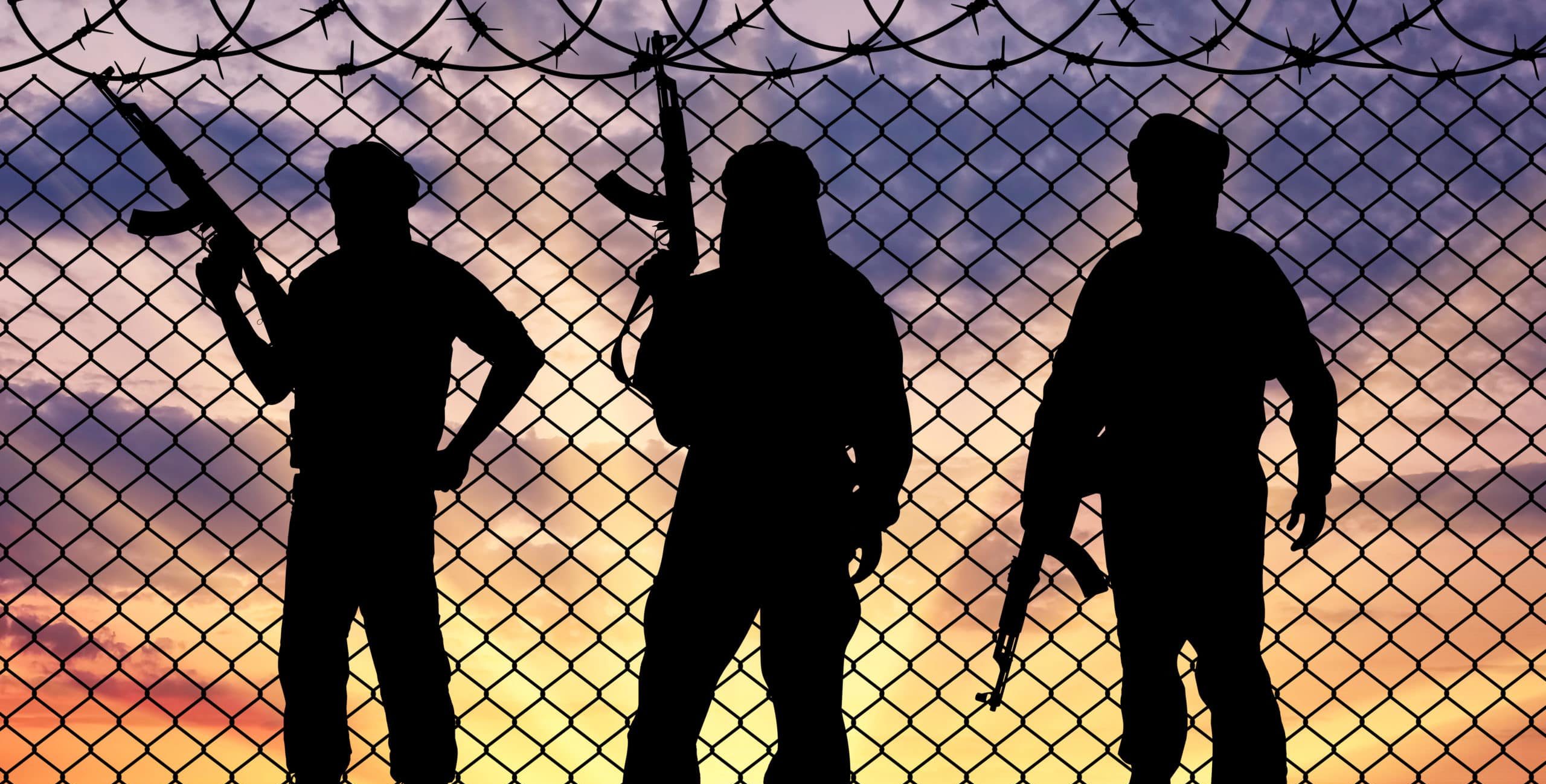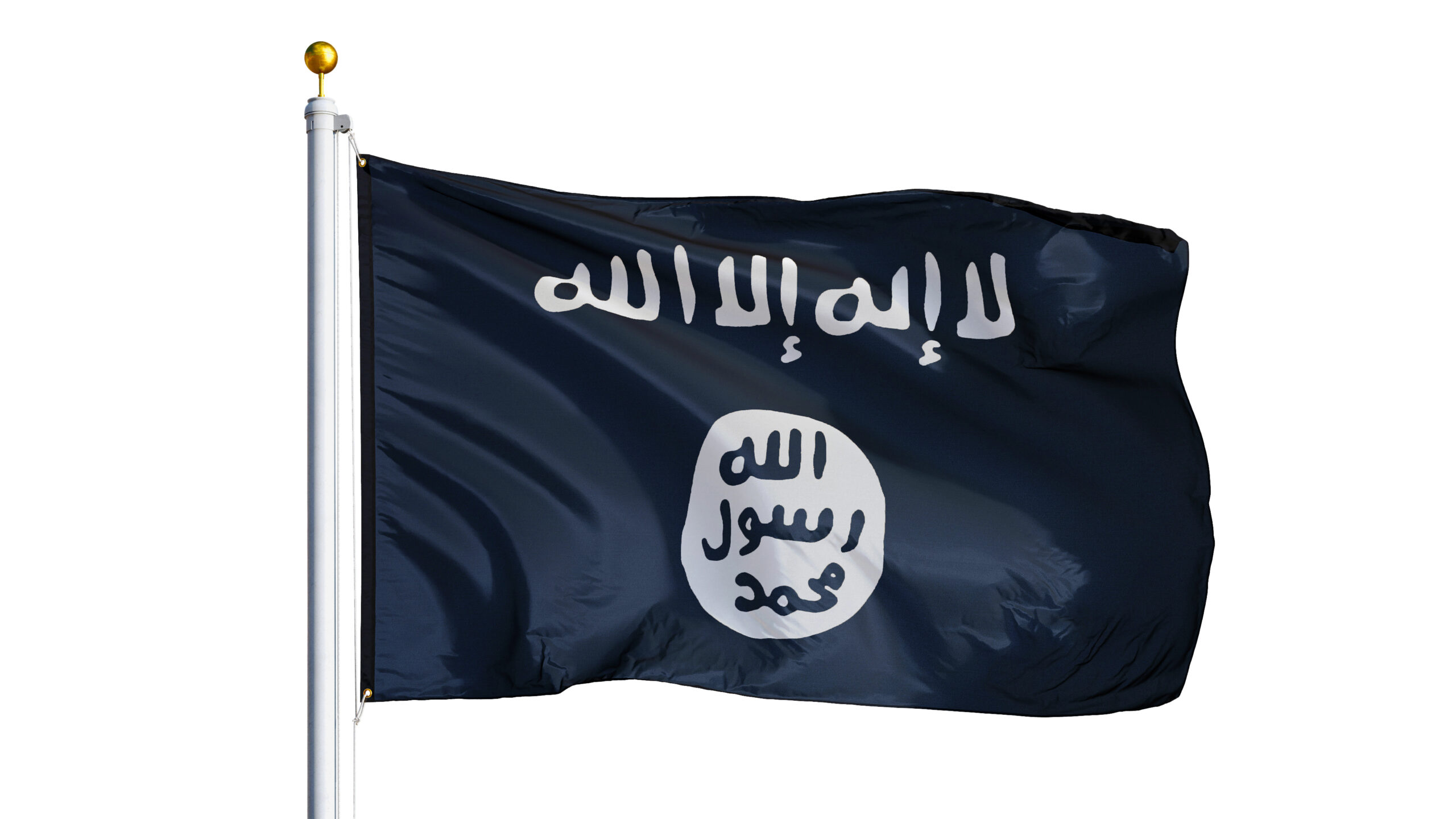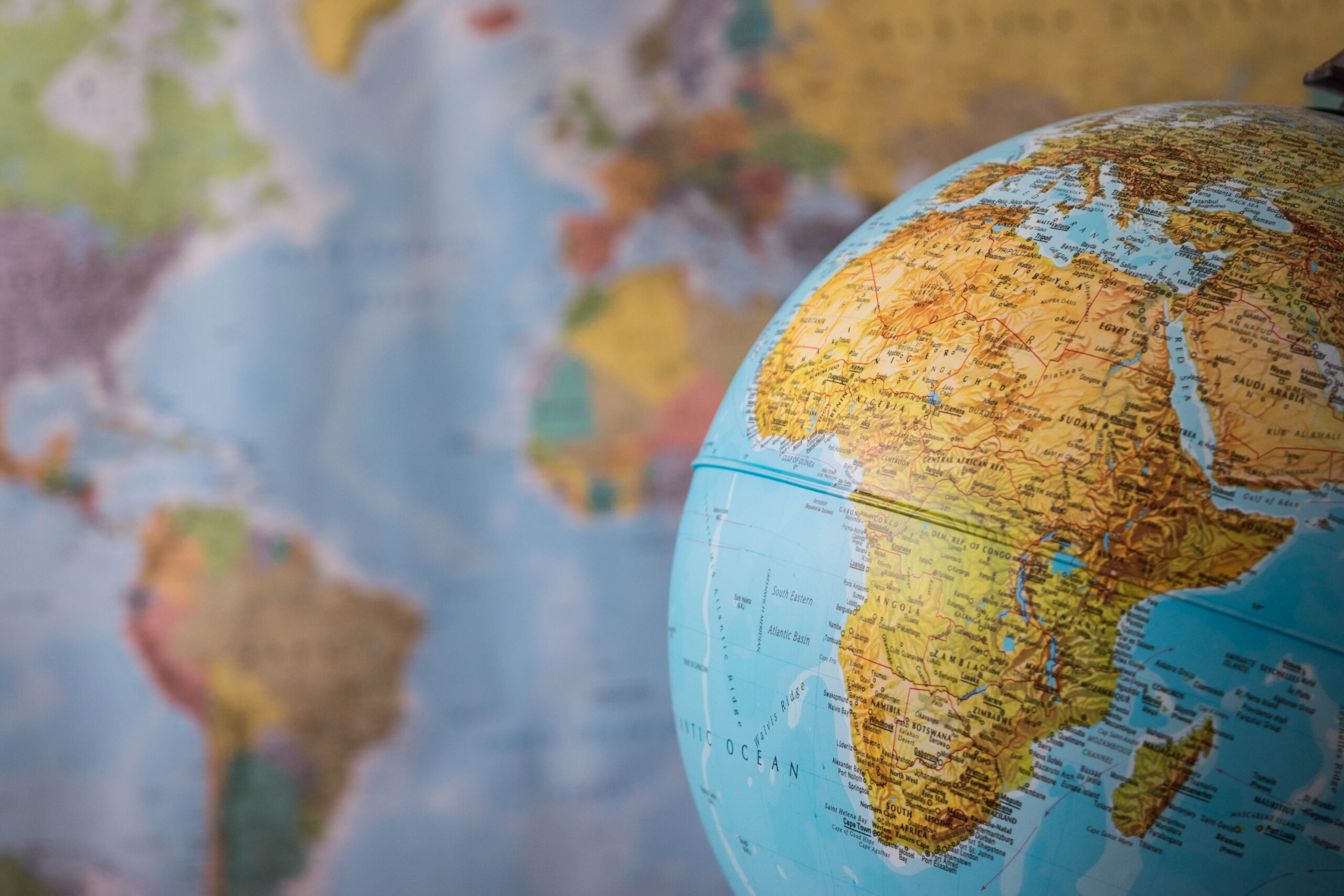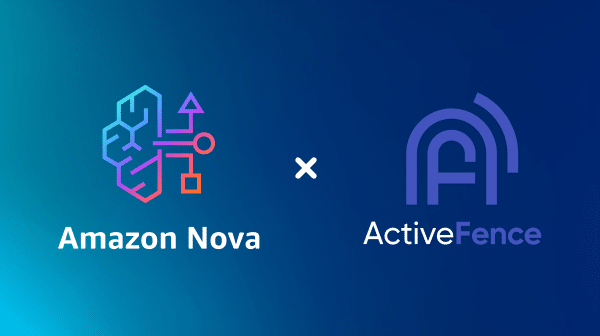ISIS Advances in Africa: From the Battlefield to Social Media Platforms

Over the last 20 years, Africa has served as a fertile ground for jihadist terror groups, with the likes of Al-Qaeda and Boko Haram wreaking havoc across the continent. This phenomenon has been observed in recent weeks, as Al-Qaeda’s Somali branch, Al-Shabab Al-Mujahideen, killed hundreds in a series of deadly attacks in the capital, Mogadishu. For its part, after its territorial defeat in Iraq and Syria, ISIS was forced to prioritize territory elsewhere and seek new opportunities to continue its mission of creating a global caliphate, killing its opposition, and radicalizing locals. With more than half of its “provinces” now located in Africa, ISIS represents the largest terror threat in the region.
Indeed, despite popular perception and numerous headlines and books proclaiming the group’s defeat, the terrorist organization is still very much alive. While territory in Africa furthers ISIS’ goals, the group is using another battleground to wage its war and supplement its territorial gains: digital media.
Given the importance placed by ISIS on the online arena for waging terror, it’s time to recognize that an effective antiterrorism strategy requires an effective online infrastructure that prevents terrorist groups from spreading their message. ISIS’ attempted reign in Africa is a case in point.
The organization’s media strategy is not new, but it is constantly evolving and adapting. While videos of beheadings are no longer circulating the wider web like in the past, ISIS is doubling down on its leverage of digital media to signal its strength to supporters, strike fear in its enemies, and dominate the propaganda arena against its main rival, Al-Qaeda. Moreover, this new focus reveals the ease at which these ideas and violence can spread from one continent to another – and the group’s attention to digital media ensures they remain a global threat, even if mainstream media isn’t always covering it.
ISIS is currently distributing its messages across a variety of digital mediums (text, photo, and video) and via a network of official and auxiliary media arms online, specifically targeting potential supporters in Africa and highlighting the group’s conquests in the region in order to excite followers elsewhere. These messages are being deployed across a variety of platforms, including messaging apps and user-managed chat platforms (such as Rocket.Chat), and passed on from there to the big social media platforms.
To spread its message on these platforms to audiences throughout Africa, ISIS operates media outlets that produce propaganda in local languages. Prominent among these are Al-Hijrateyn Foundation, which produces material in Somali and Swahili; Al-Buhaira Media which produces material in Hausa and other languages spoken in Nigeria; And Sawt al-Ansar, which produces material in Amharic.
What role does Africa play for ISIS’s propaganda elsewhere? The coverage of Africa in Al-Naba, the group’s weekly newsletter, demonstrates the importance of the continent to ISIS’s global project. Between October 2021 and the beginning of November 2022, more than half of Al-Naba’s 56 cover pages were dedicated to the organization’s efforts in Africa. Among the regions where ISIS is active, one stands out especially: ISIS’s West African Province, or ISWAP, which includes Nigeria, Chad and Niger, was featured on 70% of the newsletter’s cover pages.
These cover pages depict and celebrate the organization’s acts of violence from the shores of Mozambique to the jungles of the Democratic Republic of the Congo: The pillaging of villages to kill Christians, the burning of churches across the region, deadly attacks against Nigerian and other militaries, and a detailed account of a suicide bombing in Uganda.
ISIS’ self-produced videos also underscore the impetus on West Africa. Following the death of the organization’s leader in February 2022, ISIS deployed a campaign of videos showing pledges of allegiance to its new leader from dozens of areas around the world. ISWAP’s video was the first among them. The video features masked, well-equipped and heavily armed men standing around armored vehicles, showcasing the province’s military power and control of territory.
During the past year, ISWAP has emerged as the terrorist group’s top producer of videos, both in the unparalleled number of videos, and in terms of quality – resembling the type of content ISIS produced during its peak in Iraq and Syria. These videos feature a strong presence of children and teens in military roles and showcase the province’s population engaging with locals and implementing its interpretation of the law. When combined with content produced and published by other ISIS-affiliated media groups, the challenge to online platforms is exponential. This content often appears less threatening and is harder for online platforms to detect, and it plays an especially important role in highlighting ISIS’s efforts in West Africa, the Sahel and the DRC.
Content from supporters often blends media reports and third-party footage with the messages and violent clips from official ISIS productions. Regarding West Africa in particular, through its auxiliary media arms such Al-Murhafat Foundation, ISIS began releasing weekly videos chronicling its efforts in the region. These videos include still photos of the victims of ISIS attacks, military equipment looted by the organization, and the destruction caused by these attacks. The videos are intended to serve as an easier to digest piece of content, suited for younger audiences on social media.
Most recently, on November 5, 2022, the Islamic State Central Africa Province (ISCAP), the ISIS branch in the Democratic Republic of the Congo, published a video titled “Life of Jihad.” The video showed the children of fighters chanting and covered ISCAP attacks and training. ISIS supporters were quick to cut some of their favorite segments from the video into short clips and post them in their social media accounts.
Trust & Safety teams are tasked with preventing this type of dangerous media-based recruitment from festering on and across platforms. While the group used to prioritize utilizing social media platforms to disseminate propaganda, they’re now putting more focus on circulating information via official channels like newsletters and their own websites. However, just because their tactics have changed does not mean that the challenges for Trust & Safety teams have disappeared. Platforms rely on Trust & Safety experts more than ever before, but teams typically don’t have access to the type of intelligence about how threat actors are developing new techniques to spread their mission. ActiveFence’s use of subject-matter experts to inform our AI-led Trust & Safety platform ensures that our solution is up-to-date on exactly these tactics, enabling platforms to stay ahead of the curve and implement proactive policies. We utilize the knowledge of our counter-terrorism experts, who are familiar with the cultural and linguistic nuances of each region and know their histories and idiosyncrasies, to enhance our detection technology and look beyond the usual scope.
The intricate web of official and affiliated media groups are helping to maintain ISIS’ jihadi image and build its prowess in Africa. This ‘jihadi media frenzy’ focused on Africa also demonstrates that while the terrorist group was forced to seek territory elsewhere, its growing presence in Africa underscores the global threat it still poses. Against this threat, technological tools can be the most potent form of defense in identifying and flagging harmful media tactics.
Want to learn more about the threats facing your platform? Find out how new trends in misinformation, hate speech, terrorism, child abuse, and human exploitation are shaping the Trust & Safety industry this year, and what your platform can do to ensure online safety.




